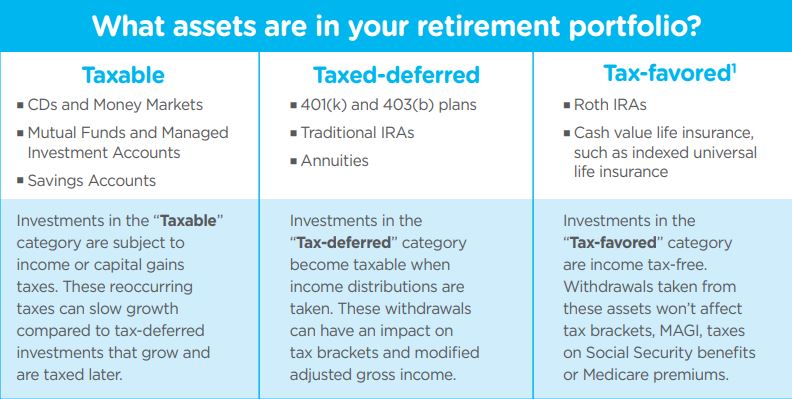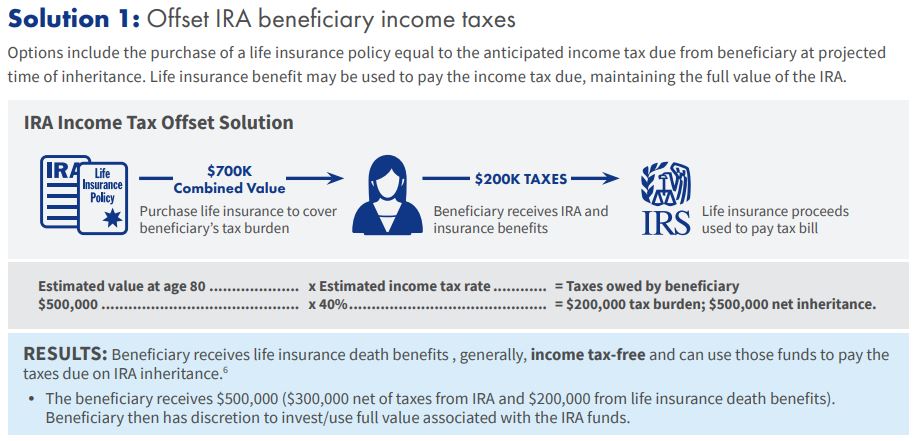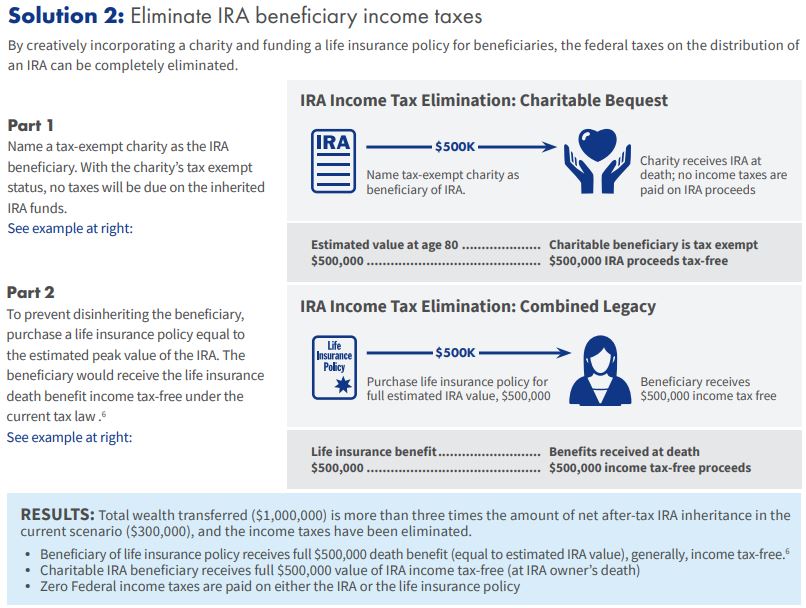Value stock ideas
For value stocks, it uses the following conditions: stocks with a market cap of at least $6.86 billion, a "very low" P/E ratio of 11.27 or lower, and a "very low" PEG ratio of 1.16 or lower (sorted by largest market cap).
Growth stock ideas
For growth stock ideas, it uses the following conditions: stocks with a market cap of at least $6.86 billion, a "high" forward EPS long-term growth (3 to 5 years) of at least 18.52%, and a "very high" cash flow growth rate (3 years) of at least 61.67% (sorted by largest market cap).
Value and Growth ideas
The "Something for Everyone" screen from Zacks Investment Research, a third-party independent research provider, attempts to find companies that have demonstrated strong earnings growth that also trade at low P/E multiples. Specifically, this screen searches for companies that have the best 5-year historical growth rates (higher than 80% of all other stocks with a Zacks Buy Recommendation) and lowest P/E ratios (lower than 80% of all stocks with a Zacks Buy Recommendation). This screen focuses on stocks trading at more than $5 per share and have a 10-day average share volume of 50,000 shares or more.





 RSS Feed
RSS Feed
